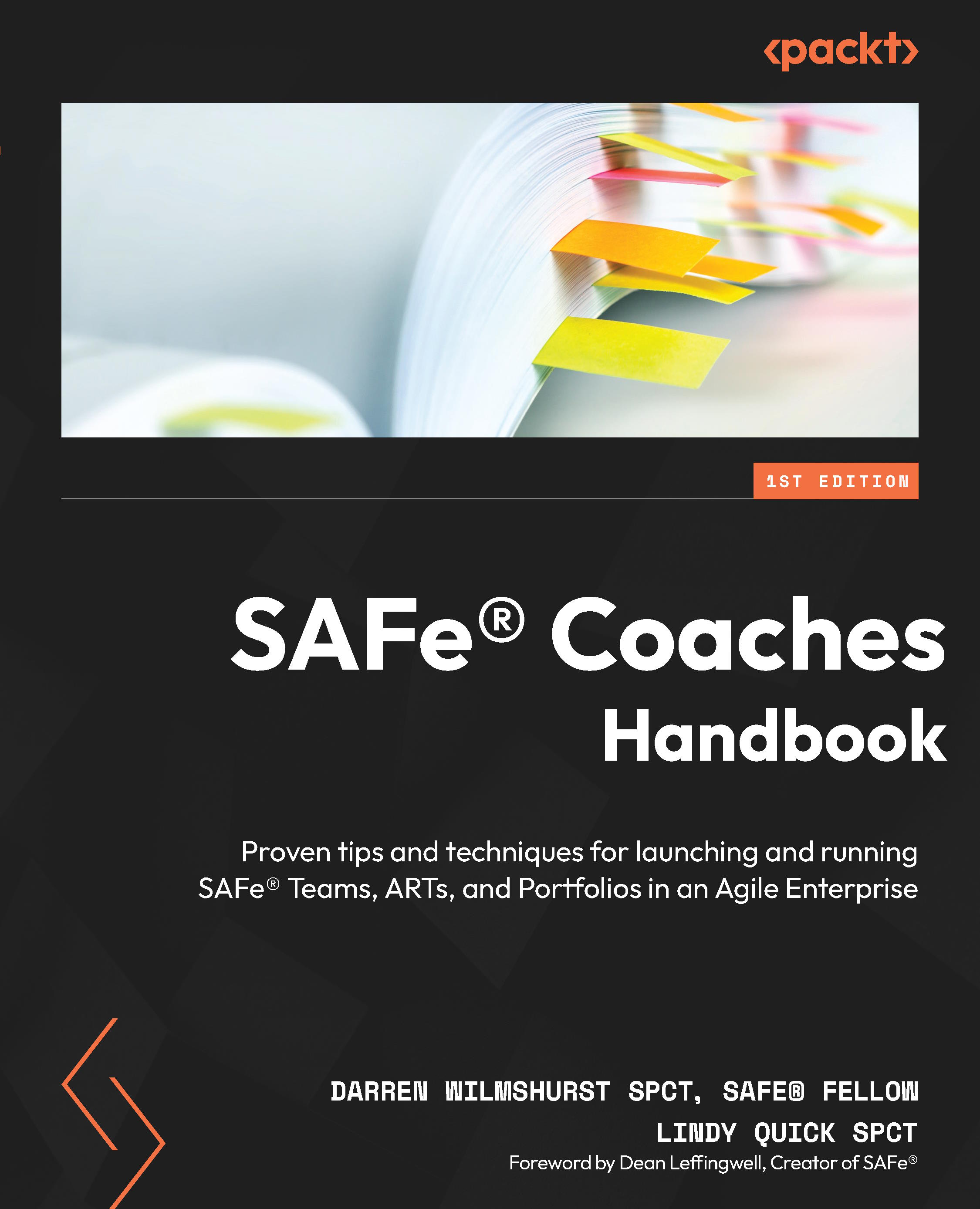Why your Train isn’t your department
One of the first mistakes many organizations make when standing up an ART is they align it with their existing organizational structure. After all, our organizations have evolved into a system that works. We have an organizational structure that we continually refine (reorganize) to make sure we are optimally aligned. However, have you stopped to consider the reason we seem to be in a constant state of re-org?
How should we build our ART?
Let’s start by defining what an ART is. An ART is a virtual organization of 5 to 12 long-lived Agile Teams that consist of 50 to 125 people working to deliver a common solution on cadence. Successful ARTs are aligned with a shared mission or vision.
Now that we know what an ART is, we need to determine whether we need one.
A common mistake that many organizations make is assuming that they “need” an ART, and they stand one up for every Project they undertake. The organization...
































































